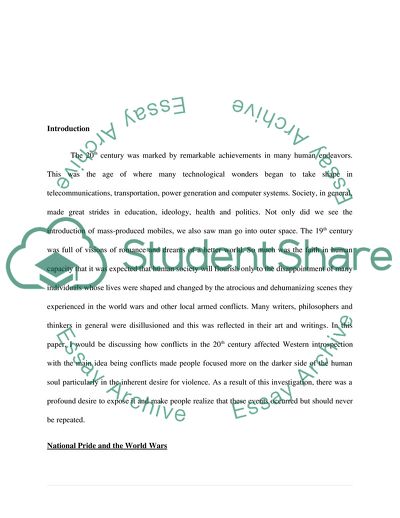Cite this document
(The 20th Century: Conflict and Learning Assignment - 3, n.d.)
The 20th Century: Conflict and Learning Assignment - 3. https://studentshare.org/sociology/1726079-in-what-ways-did-20th-century-conflicts-however-broadly-defined-change-the-nature-of-western-introspection
The 20th Century: Conflict and Learning Assignment - 3. https://studentshare.org/sociology/1726079-in-what-ways-did-20th-century-conflicts-however-broadly-defined-change-the-nature-of-western-introspection
(The 20th Century: Conflict and Learning Assignment - 3)
The 20th Century: Conflict and Learning Assignment - 3. https://studentshare.org/sociology/1726079-in-what-ways-did-20th-century-conflicts-however-broadly-defined-change-the-nature-of-western-introspection.
The 20th Century: Conflict and Learning Assignment - 3. https://studentshare.org/sociology/1726079-in-what-ways-did-20th-century-conflicts-however-broadly-defined-change-the-nature-of-western-introspection.
“The 20th Century: Conflict and Learning Assignment - 3”. https://studentshare.org/sociology/1726079-in-what-ways-did-20th-century-conflicts-however-broadly-defined-change-the-nature-of-western-introspection.


